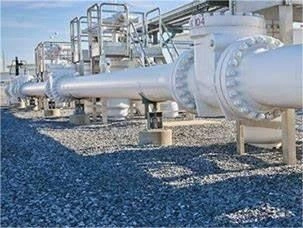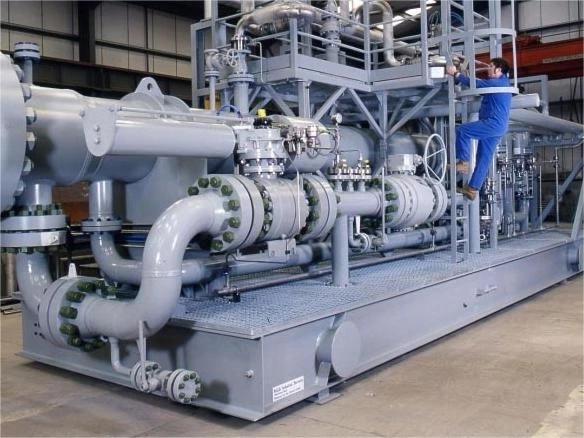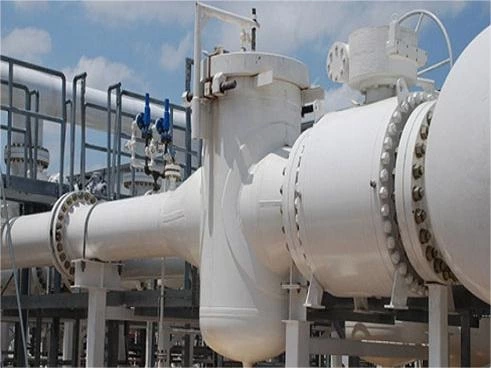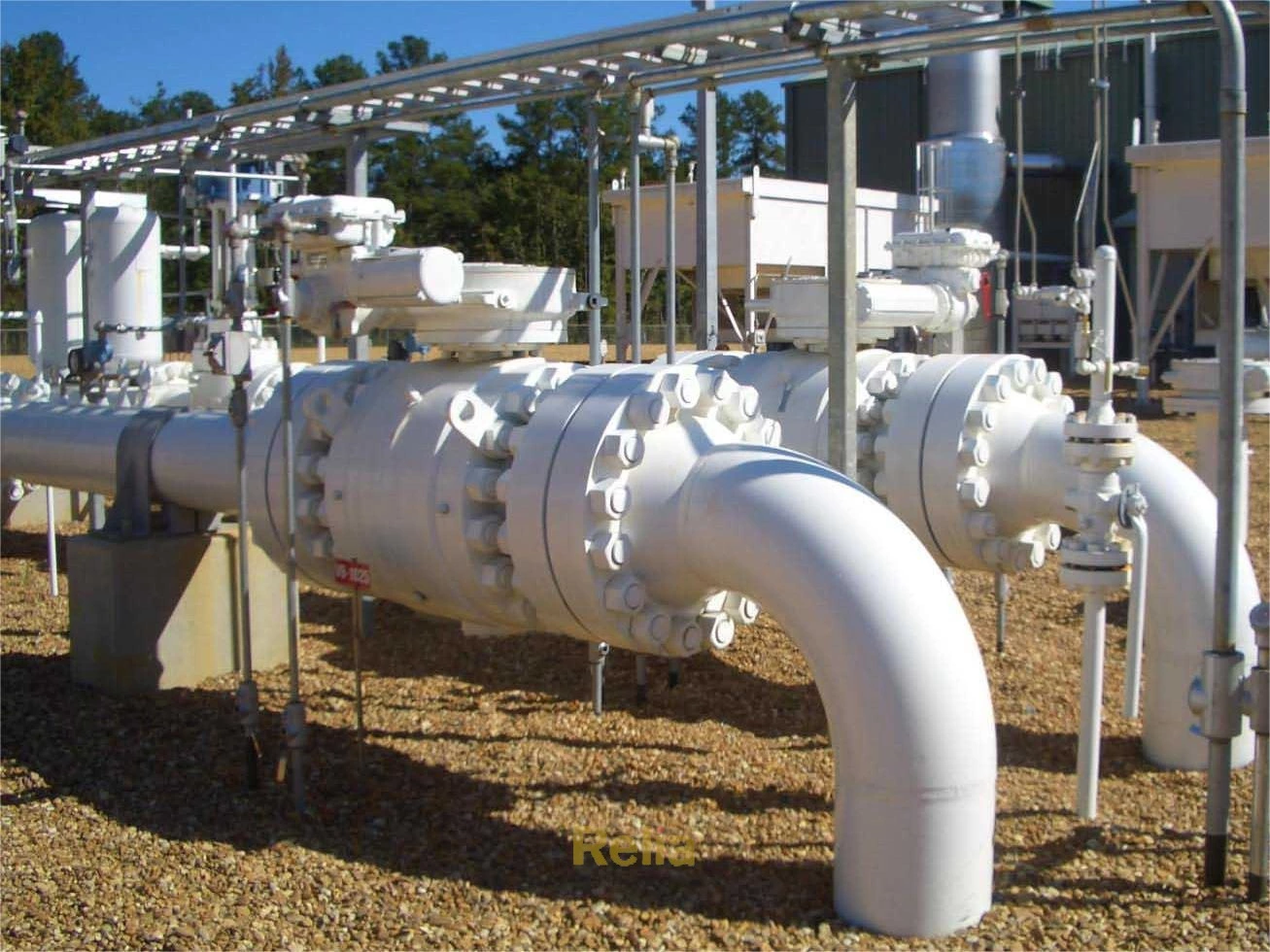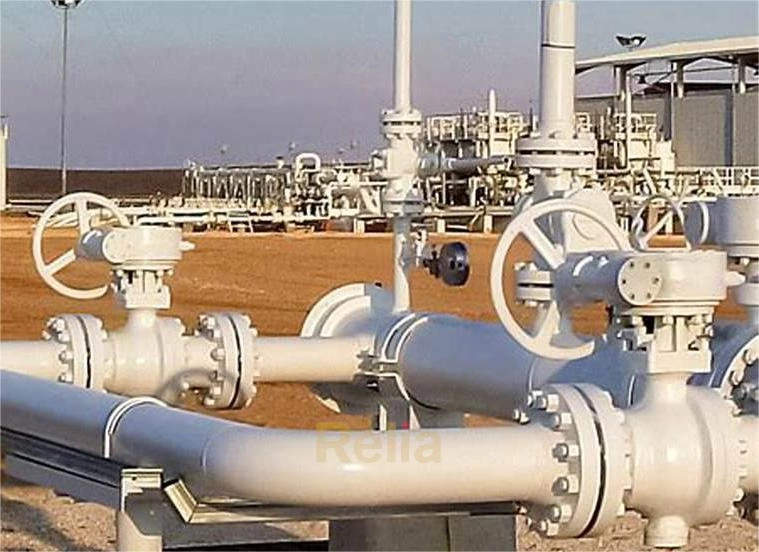Stainless Steel Valves
Corrosion-Resistant Alloys
The least corrosion-resistant alloy is normally thought of as steel AISI type 304 (18 Cr, 10 Ni). Stainless steel AISI type 316 (18 Cr, 12 Ni, 2.5 Mo) has a wider range of corrosion-resistance than type 304, and valve makers often endeavor to standardize on type 316 as the least corrosion-resistant alloy. If the valve is to be welded into the pipeline, the low carbon grades (less than 0.3% carbon) are better than stabilized grades. Flanged valves require welding only when a casting defect has to be repaired. Because the repair is done prior to the 1100℃ (2000℉) water quench solution anneal, standard carbon grades are quite satisfactory for flanged valves.
Crevice Corrosion
Practically all corrosion-resistant alloys are susceptible to crevice corrosion. Good valve designs therefore avoid threading any component that comes in contact with the corrosive fluid. For this reason, valve seats are normally made an integral part of the valve body. An exception is body designs in which the seat is clamped between two body halves, as in the valve shown in Figure 3-12. However, the gaskets between the seat and the body halves must be cleanly cut to avoid crevices.
If the valve is to be screwed into the pipeline, seal welding will improve the performance of the screwed connection. Alternatively, thread sealants, which harden after application, are helpful in combating crevice corrosion in threaded joints. Flanged facings, which incorporate crevices such as tongue and groove, should be avoided.
The points of porosity in the valve body that are exposed to the corrosive fluid can likewise produce crevice corrosion. The body may thereby corrode through at the point of porosity and produce gross leakage, while the remainder of the body stays in good condition.
Galling of Valve Parts
Published information usually shows that stainless steel in sliding con- tact, particularly austenitic grades of like compositions, are susceptible to galling. This galling tendency diminishes considerably if the fluid has good lubricity and the seating surfaces can retain the lubricants and protective contaminants. Polished surfaces have only a limited ability to retain lubricants and contaminants and therefore display an increased tendency to gall when in sliding contact. For this reason, the seating faces of stainless steel valves are usually very finely machined rather than polished.
If a high galling tendency is expected, as when handling dry gases, one of the seating faces may be faced with stellite, which is known to provide good resistance to a wide range of corrosives.
Seizing of the valve stem in the yoke bush is commonly avoided by choosing dissimilar materials for the yoke bush and the stem. A material frequently used for the bush in stainless steel valves is Ni-Resist ductile iron D2, which provides complete freedom from galling due to the graphite in its structure. If the bush is made of stainless steel, the free-machining grade type 303 provides remarkable freedom from galling in conjunction with stainless steel grades type 304 and 316 for the stem.
Light-Weight Valve Constructions
Efforts in the United States to reduce the cost of stainless steel valves led to the development of standards for 150 lb light-weight stainless steel valves. The pressure ratings specified in these standards apply only to valves made from austenitic materials.
The flanges to these standards are thinner than the corresponding full- rating carbon steel flanges and have plain flat faces. Many users object to the light-weight flanges and request full-rating flanges with a raised face. The light-weight bodies are, of course, more flexible than the bodies of full-rating carbon steel valves. This is particularly important for gate valves, in which body movements can unseat the disc. Experience has shown that plain solid wedges may be used only for sizes up to DN 100 (NPS 4). Larger valves are satisfactory only if the wedge is of the self-aligning type.
